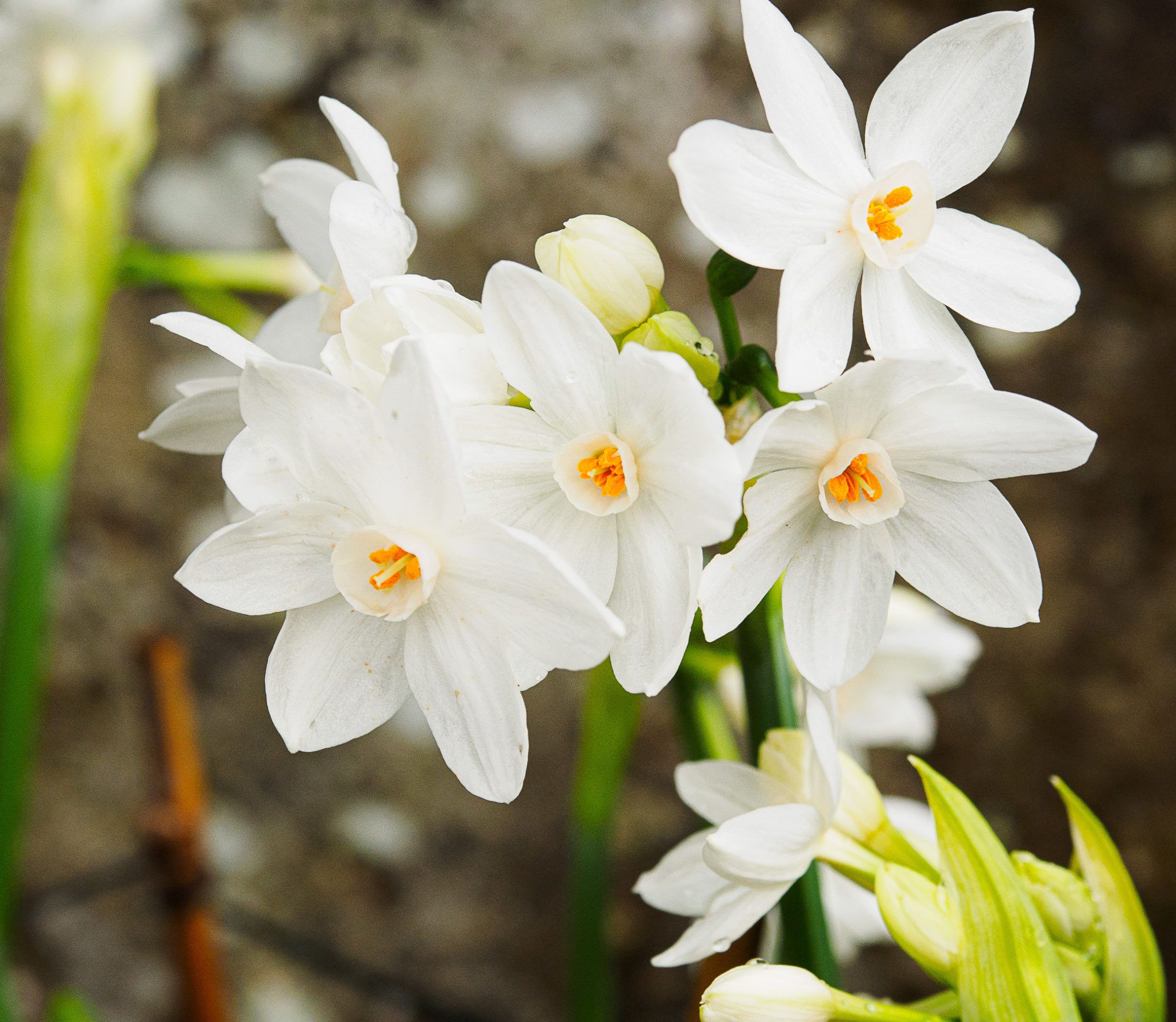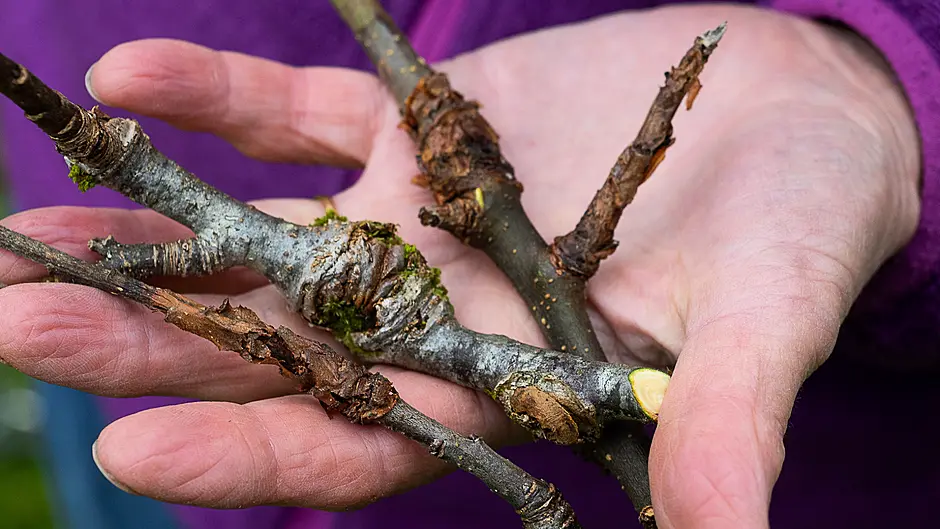BY JOYCE RUSSELL
WELL, we certainly got some cold fine weather and hopefully a few garden jobs got done. Any tidying and clearing that can be done early in the year will make your life easier later on.
Trees have featured in my garden this month. For starters there was the felling of a large Ash tree that had dieback disease and was shockingly unsound when it came to cutting it up. My garden has many large Ash around the border and it’s hard to think of these big beautiful trees being reduced to firewood over the coming years. We can only hope that some survive and thrive to produce young healthy saplings with disease resistance.
 Early bulbs bring the promise that spring isn’t far away. (Photo: Ben Russell)
Early bulbs bring the promise that spring isn’t far away. (Photo: Ben Russell)
Pruning has also been on my mind. It’s time to get busy with loppers and secateurs, taking out unwanted branches, trimming ornamental shrubs and helping to make fruit trees more productive.
The problem is that we need fine weather, that isn’t too cold, in order to make the best job. Fresh pruning cuts are prone to die-back if frost strikes before the wound is healed. Aim for a fine dry day before the end of February and with temperatures above 5C if you and your trees want to get the best out of the pruning process.
Fruit trees
Pruning can be an arduous job if you have lots of large trees to tackle. Allow plenty of time, get the right tools, be systematic and read up on pruning techniques, to be sure what you are doing.
I have several large old fruit trees. My first step is always to look for disease. Canker is a problem, but it can be controlled with careful pruning. Look closely and take out affected branches and shoots. Make a pile to dispose of and don’t add clippings to the compost heap.
If you take out as much canker as you can, this should greatly reduce the problem until next year’s pruning comes around. The next stage is to look at the shape of the tree. Take out crossing branches and ones that make the centre of the tree too dense. If you know that some branches are more productive than others, then aim to leave the productive ones untouched.
If the tree is old and way too tall, aim to bring the height down – this may simply mean cutting back a lot of new growth or it may mean taking out one or two of the taller sections. The tree might look a bit scruffy but it will soon leaf up and grow new shoots again.
The next stage is to cut back leaders and side shoots in order to help the tree put energy into fruiting rather than producing lots of leaf. This is where you need to have read up on your system and follow a routine. If you have young trees then the job will be quick, but it is important to do it correctly so you get the trees growing how you want for the years to come.
The harder you prune a tree, the more likely it is to fruit poorly in the same year. It should be more productive in the following year, so if the aim is to restore an old tree then a bit of hard pruning may be needed.
Note: some vigorous apple trees, like Bramley, should only be pruned in July/August. Plum and cherry trees should only be pruned in June/July.
Time to dig
 A robin is a great help with pest control when digging. (Photo: Ben Russell)
A robin is a great help with pest control when digging. (Photo: Ben Russell)
The excess rain of last year has left some beds in the lower part of my garden about as wet as they can get. This makes for a heavy soil, lacking in air and tending towards anaerobic microbial activity. In other words the soil is stale and unhealthy for growing all except water loving plants. Turning the earth, breaking up clods and adding in compost can help to improve things.
If soil is really heavy I’ve found that digging in a barrow or two of sand is a help with drainage. Most important, is to raise up and aerate the soil in wet beds if you can. High ridges will help with drainage even if you don’t have the time or materials to construct permanent raised beds.
Enjoy the company of friendly robins while you dig. They will certainly keep an eye on you and more importantly on any bugs you unearth in the soil. You may have to protect earthworms but a robin will be happy to gobble a whole range of problem insects.
Spring bulbs
Some early daffodils are open and gosh do they provide a lovely bright splash in the garden. More delicate narcissi in pots and delicate snowdrops are starting to do their thing too. Enjoy the first heralds that spring is on the way and get full pleasure from all your opening spring bulbs.






